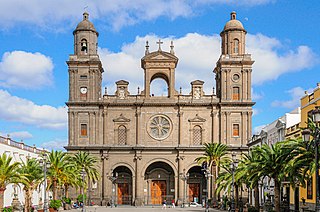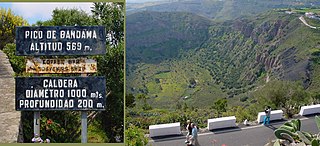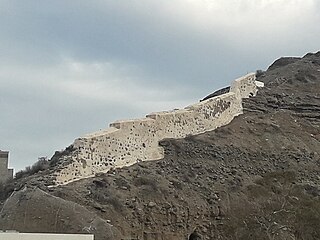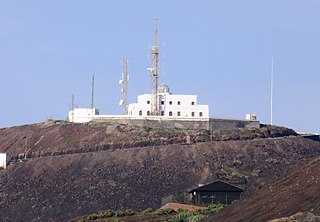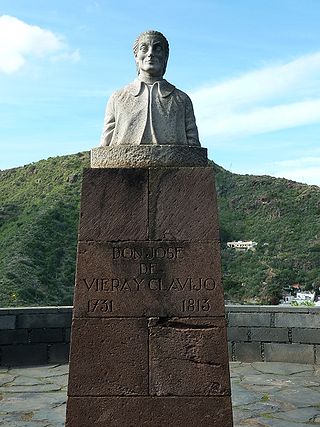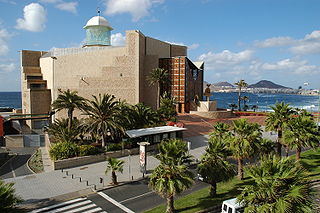10 Sights in Las Palmas de Gran Canaria, Spain (with Map and Images)
Legend
Premium Sights
Book tickets, guided tours and activities in Las Palmas de Gran Canaria.
Guided Free Walking Tours
Book free guided walking tours in Las Palmas de Gran Canaria.
Welcome to your journey through the most beautiful sights in Las Palmas de Gran Canaria, Spain! Whether you want to discover the city's historical treasures or experience its modern highlights, you'll find everything your heart desires here. Be inspired by our selection and plan your unforgettable adventure in Las Palmas de Gran Canaria. Dive into the diversity of this fascinating city and discover everything it has to offer.
1. La Niña III (quemado)
La Niña was one of the three Spanish ships used by Italian explorer Christopher Columbus in his first voyage to the West Indies in 1492. As was tradition for Spanish ships of the day, she bore a female saint's name, Santa Clara. However, she was commonly referred to by her nickname, La Niña, which was probably a pun on the name of her owner, Juan Niño of Moguer. She was a standard caravel-type vessel.
2. Catedral de Santa Ana
The Cathedral of Santa Ana is a Roman Catholic church located in Las Palmas, Canary Islands. The cathedral is the see of the Roman Catholic Diocese of Canarias. It is situated within the Vegueta neighborhood, next to the Plaza Mayor of Santa Ana.
3. Castillo de la Luz
The Castle of La Luz or Fortress of the Isletas is located on Juan Rejón street in the neighborhood of La Isleta next to Puerto de La Luz, in the city of Las Palmas de Gran Canaria, in the north of the island of Gran Canaria of which it is the capital of the province of Las Palmas. Canary Islands, Spain.
4. Castillo de San Francisco
The castle of San Francisco, located in the city of Las Palmas de Gran Canaria, is a defensive fortress of the seventeenth century located on the mountain of the same name, in the municipality of Las Palmas de Gran Canaria. Its construction began in 1601 and, although it can be considered finished in 1625, it was later renovated in different periods. It is a defensive construction with an irregular floor plan to adapt to the orography of the terrain. It occupied an area of 5,750 square meters, which would make it the largest defensive platform on the island, according to the Registry of Assets of Cultural Interest of the Canary Islands. The Castle of Francisco, integrated into the defensive system of the city, was connected to the Castle of Mata by the northern wall, and to the Punta de Diamante platform to the south through another defensive wall.
Wikipedia: Castillo de San Francisco (Las Palmas de Gran Canaria) (ES)
5. Pico de Bandama
The Bandama Natural Monument is part of the Tafira Protected Landscape on the island of Gran Canaria in the Canary Islands, Spain. It is considered a point of geological interest, because of the Caldera de Bandama. This volcanic crater, which is geologically a maar rather than a caldera, reaches 569 m (1,867 ft) above sea level at the highest point on its rim, Pico de Bandama, and is about 1,000 m (3,300 ft) wide and 200 m (700 ft) deep. The crater was developed during the last heavy eruptions 2000 years ago. It is recorded as the most recent volcanic activity on Gran Canaria.
6. Muralla de Las Palmas
The Old Wall of Las Palmas or Muro del Real, was the wall that delimited and protected the city of Las Palmas de Gran Canaria, Canary Islands, Spain. At present, only a fragment of it is preserved next to the Castle of Mata.
7. Faro de La Isleta
La Isleta Lighthouse is an active 19th century lighthouse on the Spanish island of Gran Canaria in the Canary islands. The lighthouse has been constructed on the rocky peninsula of La Isleta, which overlooks the Port of Las Palmas to the north of the city of Las Palmas, the capital of Gran Canaria. Situated at the north-eastern tip of the island, the La Isleta light marks the approaches to the port and lies midway between the Sardina lighthouse to the east and the Punta de Melenara lighthouse of Telde to the south.
8. Jardín Botánico Viera y Clavijo
Jardín Botánico Canario Viera y Clavijo is the full name of the botanical garden on Gran Canaria, one of the Canary Islands. "Jardín Botánico Canario" means "Botanical Garden of the Canaries", while the additional words "Viera y Clavijo" honor the pioneering Spanish cleric and scholar José Viera y Clavijo (1731–1813), who attempted to found a botanical garden in the Canary Islands in the late eighteenth century.
Wikipedia: Jardín Botánico Canario Viera y Clavijo (EN), Website
9. Acuario Poema del Mar

The Poema del Mar is an aquarium located in Las Palmas de Gran Canaria, Spain. It was inaugurated on December 17, 2017. The Gran Canaria Town Council and the Government of the Canary Islands have considered it of strategic interest to the region by reinforcing the promotion of the archipelago as an international travel destination. It is owned by the Loro Parque Group.
10. Auditorio Alfredo Kraus
The Auditorio Alfredo Kraus is an auditorium in Spain located in Las Palmas de Gran Canaria and is one of the most unique buildings in the capital of Gran Canaria. Created by Óscar Tusquets, it was built between 1993 and 1997 with the idea of erecting a lighthouse to protect Las Canteras beach. It was opened on 5 December 1997. The Auditorium bears the name of Alfredo Kraus in homage and gratitude to the work of the tenor from Gran Canaria. In its main hall, behind the orchestra, there is an enormous window of around 100 m2 that allows a view of the Atlantic Ocean while attending a concert.
Share
How likely are you to recommend us?
Disclaimer Please be aware of your surroundings and do not enter private property. We are not liable for any damages that occur during the tours.

